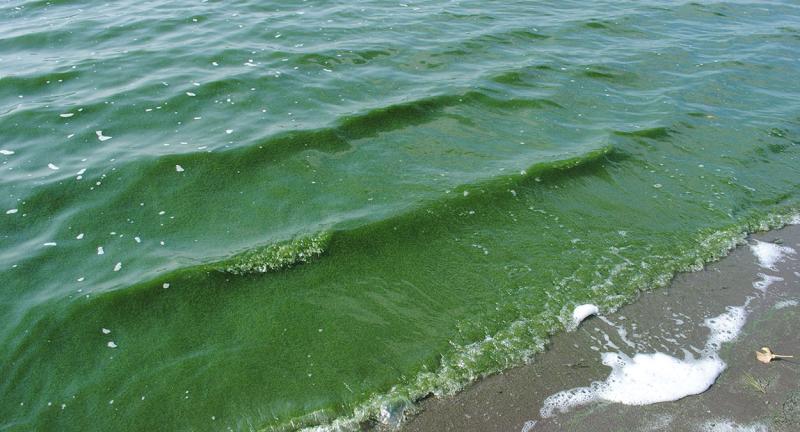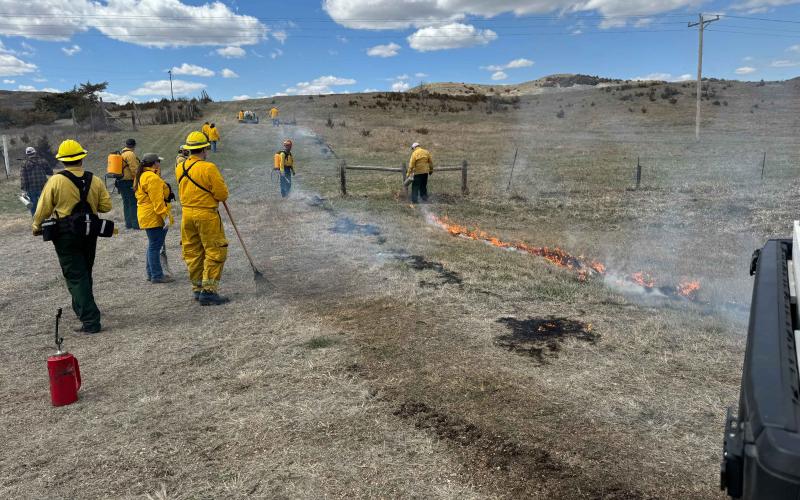
When lake professionals attempt to measure the productivity of a lake, one of the parameters they like to use is chlorophyll. But what exactly are chlorophylls?
Chlorophylls are green pigments found in all algae, higher plants and cyanobacteria (also known as blue-green algae). They allow the plants and algae to photosynthesize, the process where light energy is used to convert carbon dioxide and water into carbohydrates (sugars) and gives off oxygen as a byproduct.
So when you hear people use the term chlor-a, or chlorophyll a, what does that mean? It turns out there are several different types of chlorophyll.
Chlorophyll Types
-
Chlorophyll a: The most-abundant type of chlorophyll found in all organisms capable of photosynthesis. Absorbs violet and orange light the most.
-
Chlorophyll b: Function is to increase the light absorption capacity of chlorophyll a. Primarily absorbs blue light.
-
Chlorophyll c: Found in some categories of algae, especially the dinoflagellate group. Its function is similar to that of chlorophyll b.
-
Chlorophyll d: Found in various marine red algae species and cyanobacteria. The major chlorophyll in species living in environments with little-to-no visible light, but abundant in infrared light (red spectrum).
-
Chlorophyll e: Rare type found in some golden algae.
-
Chlorophyll f: Newest type of chlorophyll found in cyanobacteria. Absorbs red light more efficiently than any other type of chlorophyll.
In Summary
Because chlorophyll a is the most-abundant type of chlorophyll, it can be used to measure the amount of algae growing in a body of water. The higher the concentration of chlorophyll-a, the greater the algal content. While some algae is needed to sustain the food web, too much can lead to dissolved oxygen deficiencies, fish kills, and public health concerns over potential toxin production.
Additional Information
- Indicators: Chlorophyll a, U.S. Environmental Protection Agency.
- Concentration of Chlorophyll a, Limno Loan Program.
- Chlorophyll a - Factsheet, Limno Loan Program.


